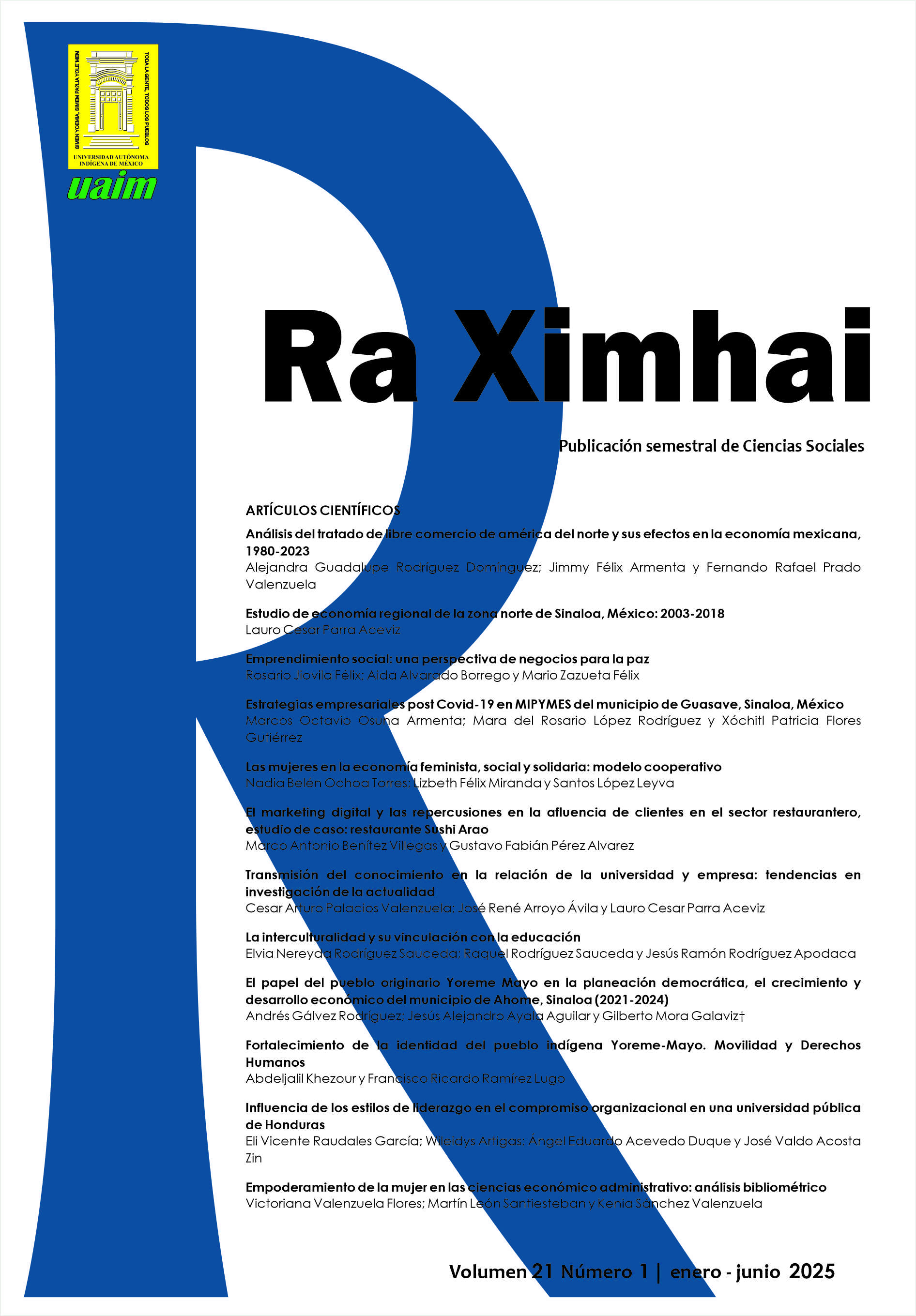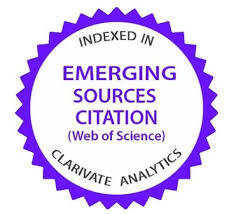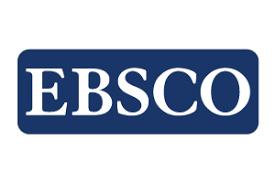Interculturality and its link to education
DOI:
https://doi.org/10.35197/rx.21.01.2025.08.erKeywords:
interculturality, cultural diversity, intercultural educationAbstract
Interculturality focuses on the interaction and coexistence between diverse cultures, promoting an equitable and respectful dialogue. Contrary to ethnocentrism, interculturality recognizes the value of all cultures and seeks to enrich through the exchange of knowledge and values. Intercultural education, as a pedagogical approach, integrates cultural diversity into the educational system, using this diversity as a resource to improve the learning of all students. This approach not only benefits cultural minorities, but also prepares all students to live in a globalized world. Intercultural education contributes to the construction of more just, equitable and cohesive societies.
Downloads
References
Aguado, T., & Malik, B. (2006). Educación intercultural: Perspectivas y propuestas. Ediciones Cátedra.
Banks, J. A. (2014). Diversity, group identity, and citizenship education in a global age. In D. Matthews (Ed.), The international handbook of multicultural education (pp. 145-161). Springer.
Banks, J. A. (2015). Multicultural education: Characteristics and goals. In J. A. Banks & C. A. M. Banks (Eds.), Multicultural education: Issues and perspectives (9th ed., pp. 3-23). John Wiley & Sons.
Banks, J. A. (2016). Cultural diversity and education: Foundations, curriculum, and teaching. In D. M. Moss, T. A. Osborn, & D. Kaufman (Eds.), Intercultural education: Cultural diversity and educational policy (pp. 15-32). Routledge.
Bartolomé, M. (2015). Educación intercultural: Análisis y resolución de casos. Narcea Ediciones.
Bennett, C. I. (2011). Comprehensive multicultural education: Theory and practice (7th ed.). Pearson.
Cortina, R. (2005). Educación multicultural e intercultural en América Latina: Políticas, programas y prácticas. Fondo de Cultura Económica.
Cummins, J. (2000). Language, power, and pedagogy: Bilingual children in the crossfire. Multilingual Matters.
Cushner, K., McClelland, A., & Safford, P. (2015). Human diversity in education: An intercultural approach (8th ed.). McGraw-Hill Education.
Díaz-Aguado, M. J. (2003). Prevención del racismo y la xenofobia desde la escuela: Estrategias educativas para la tolerancia y la cooperación. Ministerio de Educación, Cultura y Deporte.
Etxeberría, F. (2004). Educación intercultural: Una propuesta para la transformación de la escuela. Editorial Graó.
Gay, G. (2018). Culturally responsive teaching: Theory, research, and practice (3rd ed.). Teachers College Press.
Gorski, P. C., & Pothini, S. G. (2014). Case studies on diversity and social justice education. Routledge.
Huber, J., & Clandinin, D. J. (2005). Narrative inquiry: Living, telling, retelling, and reliving stories of experience. Teachers College Press.
Ladson-Billings, G. (2009). The dreamkeepers: Successful teachers of African American children (2nd ed.). Jossey-Bass.
McLaren, P. (2015). Life in schools: An introduction to critical pedagogy in the foundations of education (6th ed.). Routledge.
Merryfield, M. M. (2002). The difference a global educator can make. Educational Leadership, 60(2), 18-21.
Nieto, S. (2010). The light in their eyes: Creating multicultural learning communities (2nd ed.). Teachers College Press.
Nieto, S., & Bode, P. (2018). Affirming diversity: The sociopolitical context of multicultural education (7th ed.). Pearson.
Sleeter, C. E., & Grant, C. A. (2009). Making choices for multicultural education: Five approaches to race, class, and gender (6th ed.). John Wiley & Sons.
Downloads
Published
How to Cite
Issue
Section
License

This work is licensed under a Creative Commons Attribution-NonCommercial 4.0 International License.
Usted es libre de:
- Compartir — copiar y redistribuir el material en cualquier medio o formato
- Adaptar — remezclar, transformar y construir a partir del material
- La licenciante no puede revocar estas libertades en tanto usted siga los términos de la licencia
Bajo los siguientes términos:
- Atribución — Usted debe dar crédito de manera adecuada , brindar un enlace a la licencia, e indicar si se han realizado cambios . Puede hacerlo en cualquier forma razonable, pero no de forma tal que sugiera que usted o su uso tienen el apoyo de la licenciante.
- NoComercial — Usted no puede hacer uso del material con propósitos comerciales .
- No hay restricciones adicionales — No puede aplicar términos legales ni medidas tecnológicas que restrinjan legalmente a otras a hacer cualquier uso permitido por la licencia.








